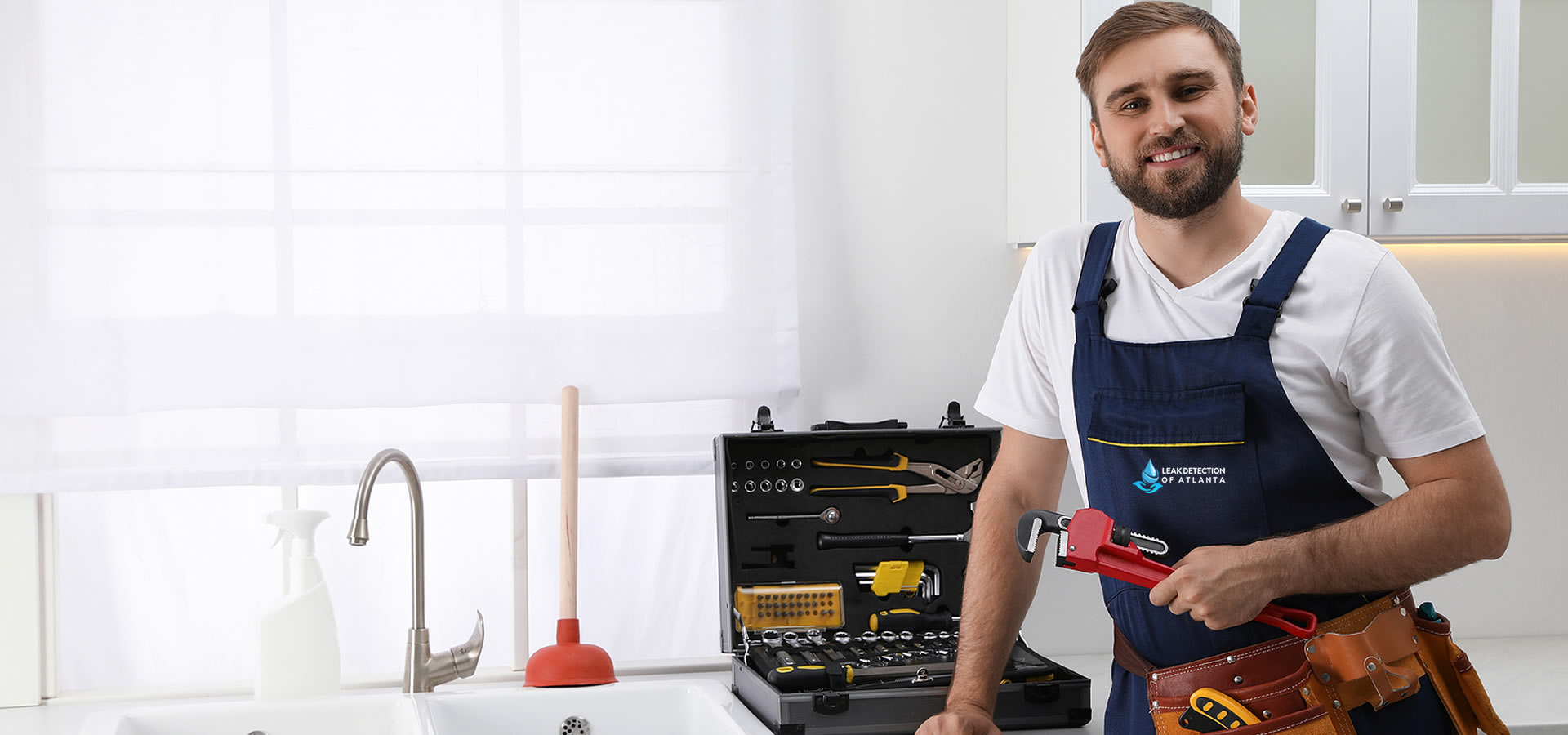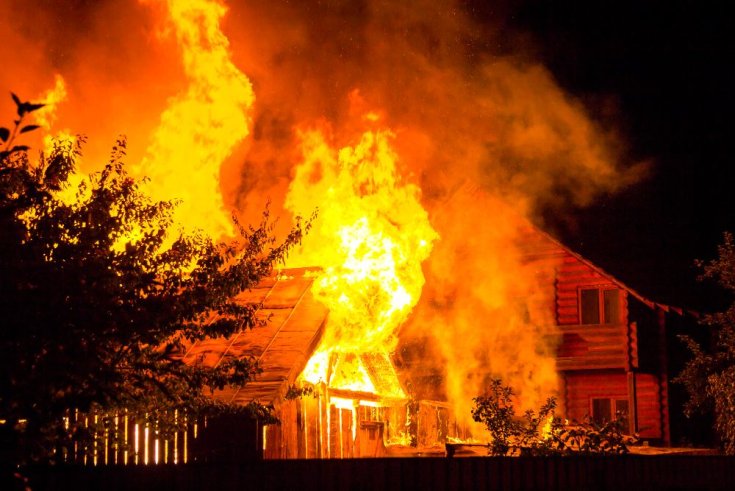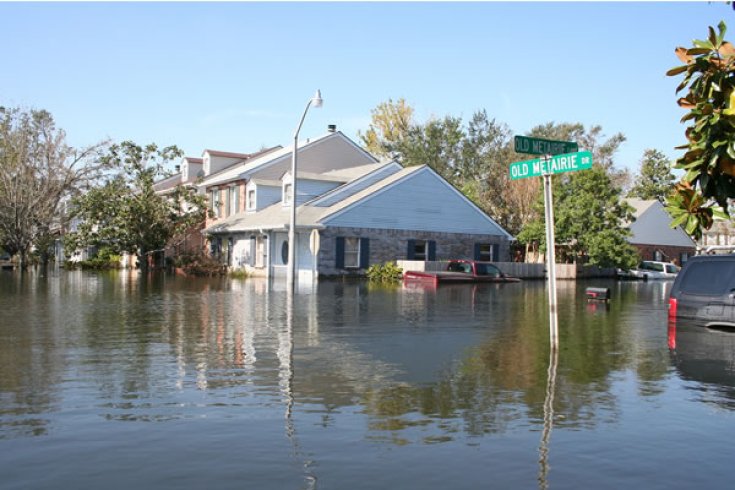How Long Does Mold Remediation Take?
Homeowners frequently deal with water damage, which can result in a number of issues, including the development of mold. Mold can seriously endanger your health and harm the structure of your home. One of the most often asked questions regarding mold growth is "How long does mold remediation take?"
In this blog post, our professionals from Leak Detection of Atlanta will explore the key factors that influence the duration of mold remediation, the steps involved in the process, and how water damage restoration, water damage removal, and water damage cleanup are crucial components in this effort.
Factors Influencing Mold Remediation Duration
- Infestation Severity: The length of time required for treatment depends significantly on the size of the mold infestation. More rapidly can a tiny, isolated mold issue be handled than a large infestation that has spread throughout walls, ceilings, and ducting.
- Mold Type: Depending on the type of mold, different remediation procedures and times may be needed. Some molds require more intensive removal procedures because they are more tenacious and tough.
- Materials Impacted: The kind of materials impacted by mold growth also has an impact. Porous materials like drywall and insulation pose more remediation challenges and could need to be replaced. Non-porous surfaces may frequently be cleaned faster.
- Location of Mold: The time required for treatment can be greatly impacted by the mold growth's location. It's simpler to deal with mold if it's in a place that can be reached. Investigating and removing mold that is concealed behind walls or under flooring may take longer.
- Safety Precautions: Mold remediation includes handling potentially hazardous compounds, therefore protective gear and containment measures, such as respirators, are required. These safety measures might lengthen the procedure.
Steps Involved in Mold Remediation
The following steps are often included in the multi-stage process of mold remediation:
- Assessment: To identify the extent of the mold infestation, the afflicted area must first undergo a thorough investigation. This evaluation aids in creating a successful corrective action plan.
- Containment: Precautions are taken to stop the spread of mold spores to unaffected areas. This can entail deploying negative air pressure systems and shutting off the contaminated area.
- Removal of Water Damage: It's critical to locate and eliminate the water source that resulted in the damage before tackling the mold problem. This is a crucial step in water damage restoration and has a big impact on the timetable.
- Mold Removal: Scrubbing, cleaning, and, in some circumstances, removing infected objects are all part of the real mold removal procedure. Depending on the mold type and the materials impacted, different techniques will be employed.
- Drying and Dehumidification: After removing the mold, it's vital to ensure the affected area is thoroughly dried and dehumidified. This procedure is crucial to removing mold after water damage and stopping its regrowth.
- Restoration: Restoring the damaged area to its pre-damage state is the process's last stage. This can entail repainting, painting over damaged parts, and making the area safe and livable.
The Duration of Mold Remediation
The time required for mold remediation can vary widely, but as a general guideline:
1. Minor, localized mold issues can frequently be resolved within a week or less.
2. Moderate mold infestations could take a week or more.
3. Complex instances and extensive mold growth could make the treatment take several weeks or even months.
Need a Reliable Company?
Are you in need of a water damage restoration in Duluth? Luckily, we at Leak Detection of Atlanta have dedicated workers ready at your service. Contact our representatives for more questions.











